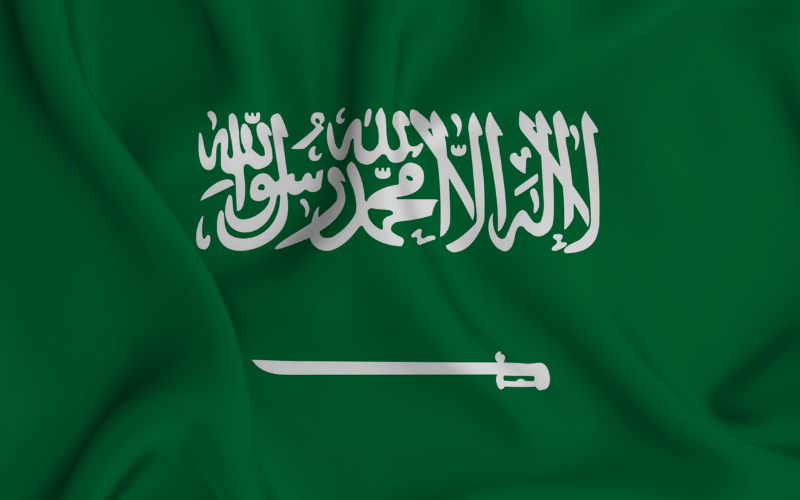In a landmark announcement, Saudi Arabia has committed $50 billion to a sweeping initiative aimed at transforming its energy landscape, with a focus on solar and wind projects designed to slash the Kingdom’s reliance on oil by 2030. Unveiled by Crown Prince Mohammed bin Salman during a high-profile energy summit in Riyadh, the plan signals an ambitious pivot toward renewable energy, positioning Saudi Arabia as a potential global leader in the green transition.
Table of Contents
The initiative, dubbed “Green Horizon 2030,” includes the construction of 25 new solar farms and 15 wind energy sites across the Kingdom, with a combined capacity to generate 75 gigawatts of clean power—enough to meet over 40% of the country’s domestic energy needs by the end of the decade. Key projects include a massive solar complex in the Al-Jouf region and an offshore wind farm along the Red Sea coast, both slated to break ground by late 2025. The Public Investment Fund (PIF), Saudi Arabia’s sovereign wealth fund, will spearhead funding, alongside partnerships with international firms like Germany’s Siemens Energy and China’s Envision Group.
“This is not just an energy project—it’s a redefinition of our future,” Crown Prince Mohammed said in his keynote address. “The world is moving toward sustainability, and Saudi Arabia will not only adapt but lead. By 2030, we aim to export green energy solutions as we have exported oil for decades.”
A Strategic Shift from Oil Dependency
The announcement comes as part of Vision 2030, the Kingdom’s blueprint to diversify its economy beyond hydrocarbons, which still account for roughly 60% of GDP and 70% of export revenues. With global oil demand projected to peak within the next decade amid climate pressures, analysts see the $50 billion investment as a proactive move to future-proof the Saudi economy. The International Energy Agency (IEA) estimates that renewable energy could contribute up to 20% of Saudi GDP by 2040 if such initiatives succeed.
Energy Minister Prince Abdulaziz bin Salman emphasized the dual benefits of the plan. “We’re reducing our carbon footprint while creating jobs—over 200,000 are expected from these projects alone,” he said, noting that the Kingdom aims to cut emissions by 278 million tons annually by 2030, aligning with its Paris Agreement pledges.
Global Ambitions and Regional Impact
Beyond domestic goals, Saudi Arabia is eyeing a role as a green energy exporter. Plans include a $5 billion hydrogen production facility in NEOM, the futuristic city under development, which could supply clean fuel to Europe and Asia. “The Kingdom is leveraging its vast deserts and windy coastlines—natural assets for solar and wind—to build a new energy empire,” said Dr. Fatima Al-Rashid, an energy policy expert at King Saud University.
Regionally, the move could intensify competition with the UAE, which has its own renewable ambitions, including the Noor Abu Dhabi solar plant. Analysts suggest Saudi Arabia’s scale and resources might give it an edge, though cooperation—such as joint Gulf renewable grids—remains a possibility. “This could reshape the GCC’s energy dynamics,” Al-Rashid added.
Challenges Ahead
Despite the optimism, hurdles loom. Critics point to the Kingdom’s historical lag in renewable deployment—solar and wind currently make up less than 2% of its energy mix—and question whether the 2030 timeline is realistic. Infrastructure gaps, such as limited grid capacity, and the need for skilled workers could delay progress. Moreover, the global shift to renewables has driven up costs for materials like polysilicon, a key solar component, which rose 15% in the past year alone.
Environmentalists also caution that large-scale projects could disrupt fragile desert ecosystems. “The intent is commendable, but execution must balance growth with conservation,” said Omar Khalil, a Riyadh-based environmental advocate.
A Bold Step Forward
For now, the announcement has drawn praise from global leaders. U.S. Energy Secretary Jennifer Granholm called it “a game-changer for the Middle East,” while UN Climate Chief Simon Stiell hailed it as “a signal to oil-reliant states that transition is possible.” On the economic front, Saudi stocks surged, with renewable-focused firms like ACWA Power gaining 8% in trading following the news.
As the Kingdom embarks on this green journey, the world watches closely. If successful, Green Horizon 2030 could redefine Saudi Arabia’s identity—from an oil titan to a renewable pioneer—while offering a blueprint for other Gulf states. For Crown Prince Mohammed, it’s a high-stakes bet on a sustainable legacy, one that could echo far beyond 2030.
